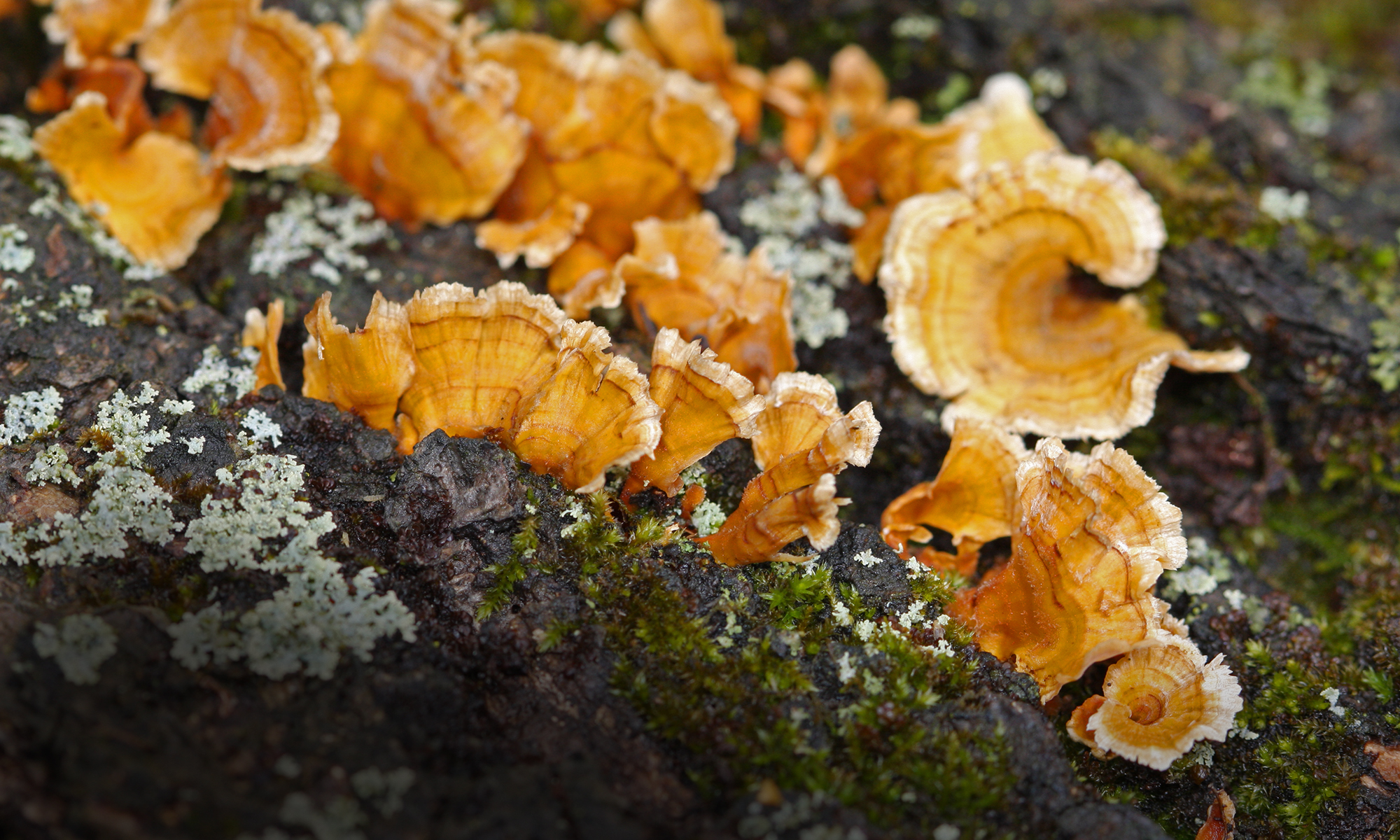The mycological collections of the Illinois Natural History Survey and the University of Illinois at Urbana-Champaign originated with the rust collection of A.B. Seymour (1881–1886) and the powdery mildew collection of T.J. Burrill (1882–1885). These collections were integrated and housed in the Natural History Building on the campus of the University of Illinois at Urbana-Champaign until 1921, when the plant disease specimens were segregated and became the basis for the plant disease collection of the Illinois Natural History Survey.
The program for collecting, identifying, and preserving plant disease specimens originated in 1881 and was expanded between 1921 and 1924 when special emphasis was placed on obtaining information on plant disease in the state. By 1924, 18,000 plant disease specimens had been added to the collection.
Gilbert L. Stout (1926–1930) was the first plant pathologist to concentrate on surveying plant disease in Illinois; he was succeeded by Gideon H. Boewe (1930–1966). Boewe’s interest was the incidence, distribution, and severity of plant diseases. His specimens, together with those of Leo R. Tehon (1921–1954), who specialized in Ascomycetes and Fungi Imperfecti that cause plant disease, form a substantial part of the Survey’s mycological collection.
James C. Carter (1934–1974) was an authority on the diseases of shade trees and ornamentals. His special interest was pathogenic fungi of woody ornamentals and he contributed numerous specimens to the mycological collection.
J. Leland Crane (1967–2001) succeeded Boewe, and to date he has contributed numerous specimens of Ascomycetes and Fungi Imperfecti from decaying substrates in aquatic systems. In 2004, Andrew N. Miller succeeded Crane as mycologist and is currently adding specimens of Basidiomycetes and terrestrial Ascomycetes to the Illinois Natural History Survey mycological collections.
*Primarily excerpted from Crane, J.L. and P.P Tazik. 1992. Catalog of types of the Illinois Natural History Survey mycological collections (ILLS). Illinois Natural History Survey Bulletin 34(6): 535–550.

